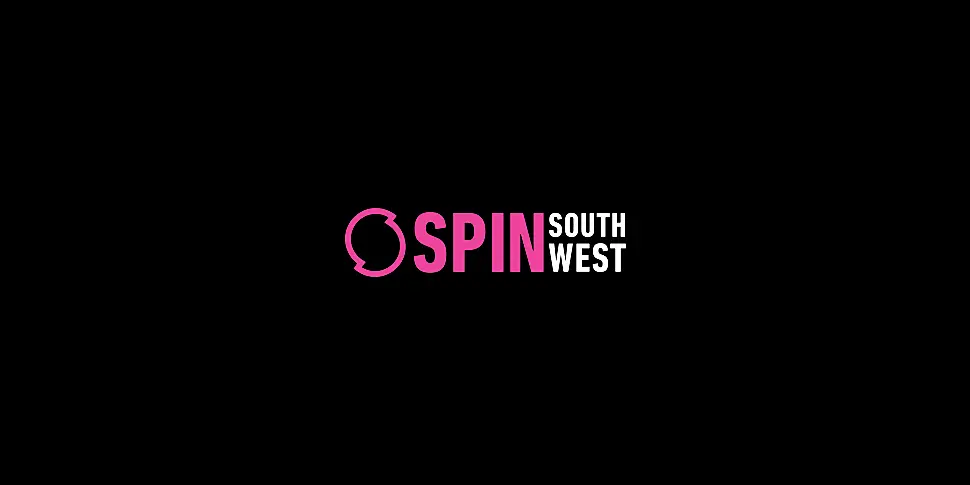Fresh from their US premiere Fainne Oir comes to University Concert Hall on Saturday 26th October.
Fáinne Oir is the creation of Mayo composer Kathy Fahey whose inspiration for the show was inspired by the resilience and community spirit of the Irish during the Famine.
What is the plot about?
It tells the story of the O’Malley’s, an Irish family living in West Mayo during the Famine Years of 1845-1848. It is also a story of young love between Saoirse, the oldest O’Malley daughter, and farm hand Diarmuid. The destructive potato blight hits Ireland and the O’Malley smallholding does not escape.
Fáinne Oir’ is one of a kind’
Kevin Phoenix, Echo USA
Through music and dance, we are taken on a romantic journey as Diarmuid makes a promise to Saoirse that he will protect and love her forever. We are also taken on a sad and tragic journey, as well as “emigrating” to the exciting sights of Saoirse’s big new world – New York City. But Saoirse’s heart is back home in Glanageeha.
The story of the O’Malley family from West Mayo during the heartache years of the Great Irish Famine, ultimately ends on a high note of love and happiness for all…and the gold wedding ring (‘Fainne Oir’) returns!
‘Stunning Debut’
Kevin O’Malley, Western People
Kathy’s original music will be performed by the Mayo Concert Orchestra, supported by vocal group Voxfusion and traditional musicians from the Limerick area, including Karen Hickey on fiddle and Conor Crimmins on flute. Fáinne Oir will be choreographed by Ciara Sexton who is a five-time world champion and lead dancer in ‘Riverdance’, ‘Lord of the Dance’ and ‘Heartbeat of Home’. Ciara lectures in dance at the Irish World Academy of Music & Dance at the University of Limerick and will be supported by some of Ireland and New York’s best Irish and contemporary dancers. Set and lighting design is inspired by the paintings of Achill based artist Padraig McCaul who will give an exclusive showing of these paintings for the UCH audience.
In a recent interview, composer Kathy Fahey said
“In creating Fáinne Oir around the famine, I especially liked the idea that it was old Ireland. While of course it was a profoundly sad time for people because of the potato blight, starvation, death, emigration and tragedy, there were also happy elements to it. Families worked so closely together as unified groups, to support and protect each other and simply, to stay alive. Community was very important.”












